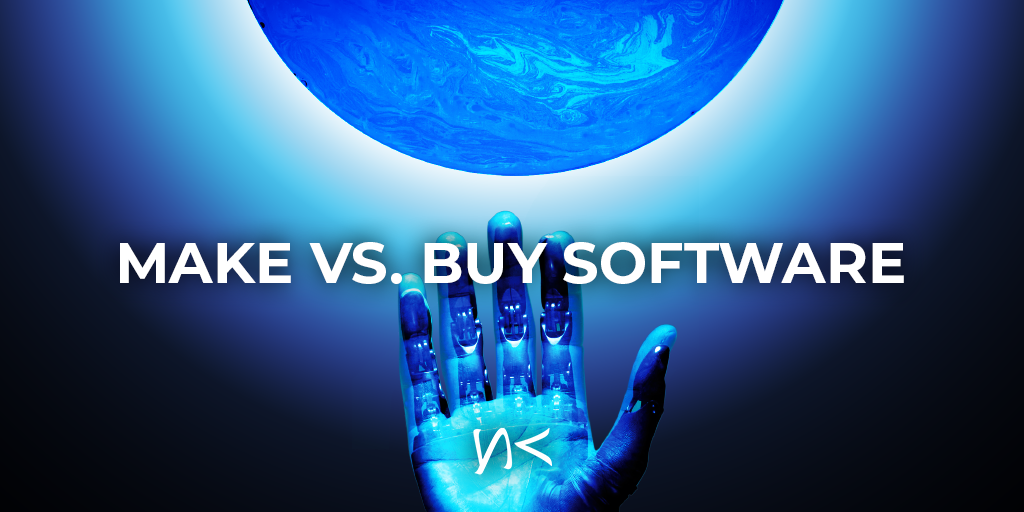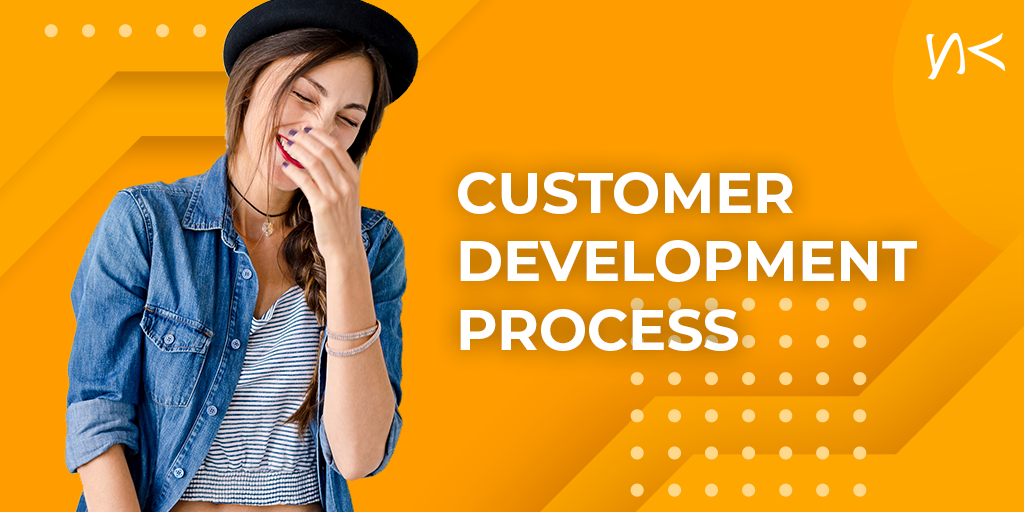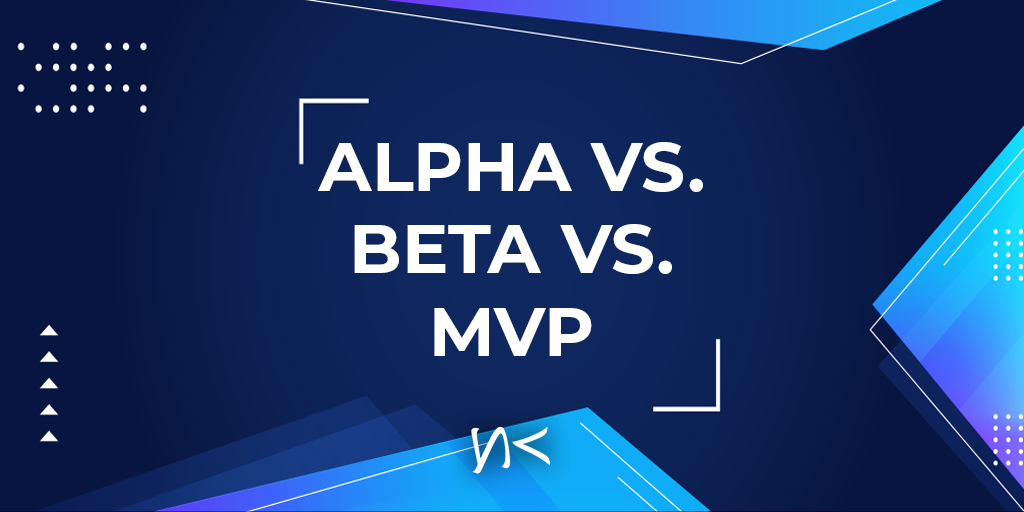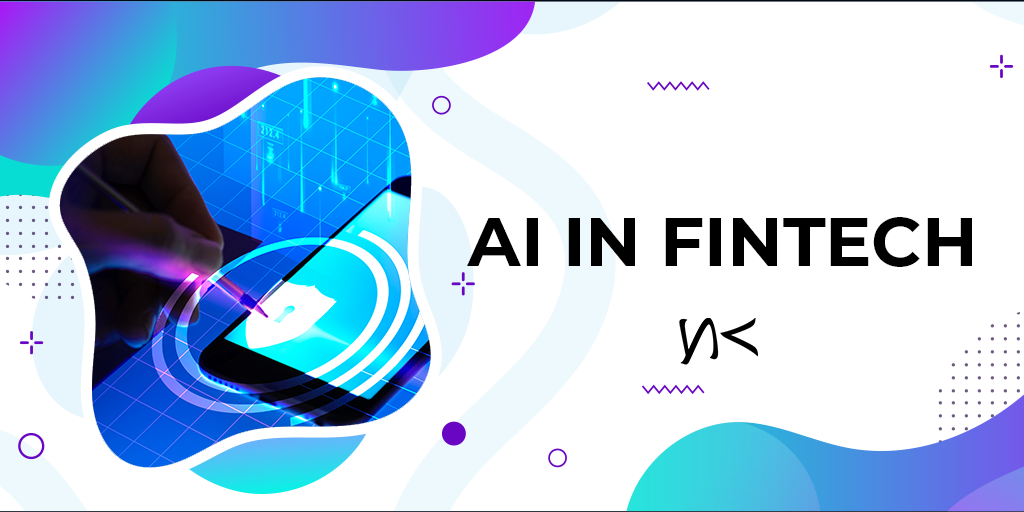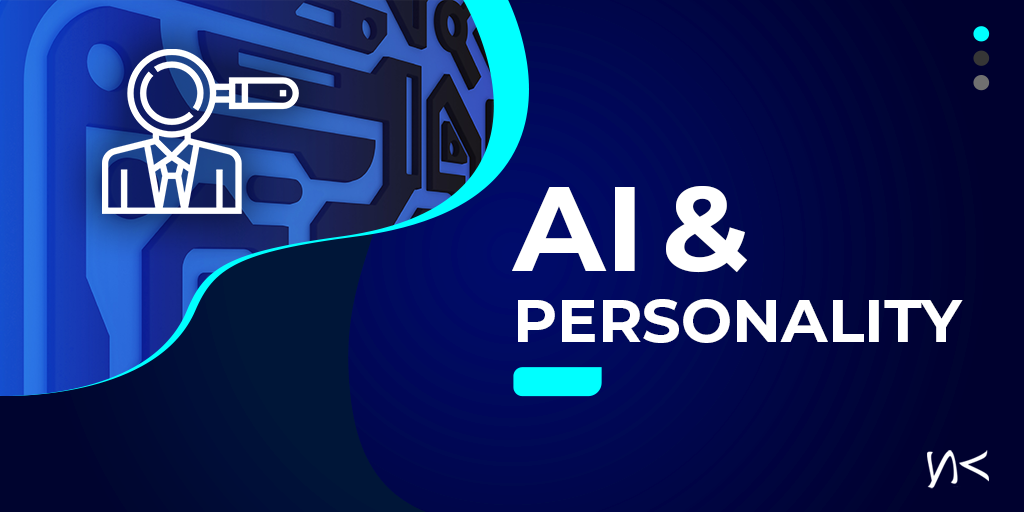
Benefits of Personality AI
If you are a business that wants to be successful, you are always looking for innovative ways to engage audiences that result in converting them into customers. Traditionally, marketers achieved this by creating marketing strategies based on information they could gather on different demographics. For example, they might market differently if they wanted to appeal to a male audience versus a female audience. But in recent years, these tactics are no longer as valuable, as individuals are tired of companies generalizing them based on their demographic makeup.
Everyone is different. Even if we share some similarities and experiences with others based on certain demographics, businesses must recognize that everyone is unique. Personality AI can help marketers reach more potential customers by individualizing their market strategy based on someone’s online personality. Our social media habits are often indicative of what we are interested in viewing and sharing with the people around us, and personalized AI can leverage this information to generate a more accurate profile on who we are as individuals, making it easier for marketers to develop campaigns that potential customers will be interested in engaging. People are much more responsive if their voices are being listened to and their interests are considered.
The Drawbacks
AI has allowed us to process more about the world and each other than previously thought possible. This information can be used to innovate how we operate businesses, governments, healthcare, and more. However, Artificial Intelligence can have its downside, particularly when it comes to personal privacy. There is not much regulation on how private companies can utilize the data that they extract from us using this technology. With any new form of technology, we must consider the ethical dilemmas that it may cause. The information that AI can collect on us and how that information is used can be just as harmful as helpful. In a world where misinformation and conspiracy theories are widespread, new technology can be used to foment distrust in people and institutions by exploiting individuals based on their interests and social media habits. With any new technology we create, we must also create ways to protect ourselves and each other from the negative ramifications of the misuse of that technology.



